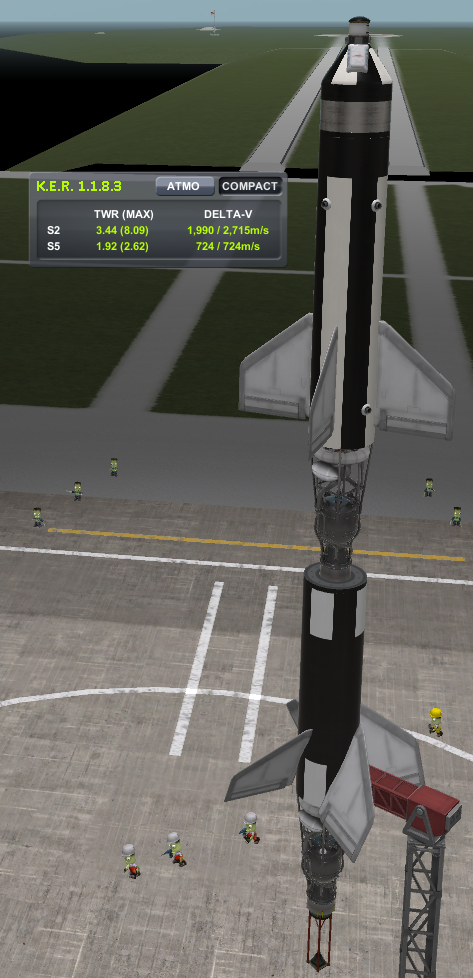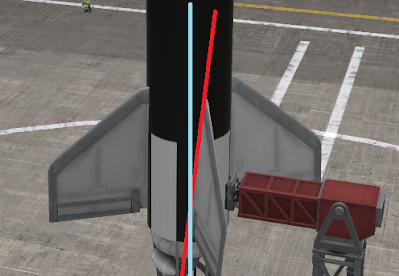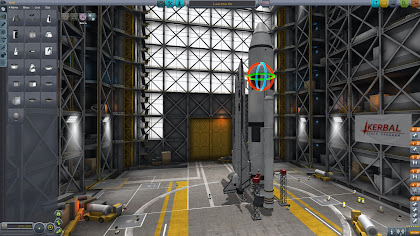Rocket science is fundamentally pretty simple. Big explosion go down, steel cylinder go up. A very simple implementation of Newton's third law : "For every action, there is an equal and opposite reaction ". Building aeroplanes is somewhat trickier. In ordinary (stock) Kerbal, building your first aeroplane is generally tougher than building, say, an orbital rocket, but the aerodynamic model is still pretty simple and forgiving. Something that is sort of like a plane will still fly. RP-1, specifically the mod FAR , is not nearly so forgiving. First, let's make it clear that we're not building a traditional plane. While RP-1 does let you build propeller planes of the era, I've decided to head straight to rocket-planes . Rocket planes are what they sound like, planes that are primarily (or solely) powered by rocket engines. Historically, the most famous rocket plane is the Bell X-1 , the spiritual analogue of the Y-1 we're about to build. In our fantasy timel...











